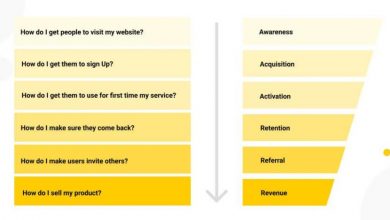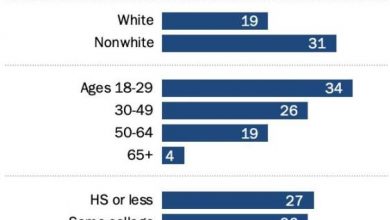How to Analyze BitMex’s Historical Trading Data for Insights and Improvements

How to Analyze BitMex’s Historical Trading Data for Insights and Improvements
Introduction
Trading on BitMex can be both exciting and profitable. However, to make informed decisions, it is essential to analyze historical trading data. By understanding how to analyze this data, you can gain valuable insights and make improvements to your trading strategies. In this blog post, we will discuss step-by-step how to analyze BitMex’s historical trading data.
Why Analyzing Historical Trading Data Matters
Analyzing historical trading data provides several benefits for traders on BitMex. It helps in identifying patterns, understanding market trends, and making data-driven decisions. Here are a few reasons why analyzing historical trading data matters:
1. Identify Patterns
Analyzing historical trading data allows you to identify recurring patterns in the market. These patterns can be indicators of potential price movements and can help you make informed trading decisions. By recognizing patterns, you can take advantage of profitable opportunities and improve your overall trading strategy.
2. Understand Market Trends
By analyzing historical trading data, you can gain a better understanding of market trends. You can examine how prices have fluctuated over time, identify support and resistance levels, and spot trends that may influence future price movements. This understanding can help you make more accurate predictions and increase your chances of successful trades.
3. Make Data-Driven Decisions
Analyzing historical trading data provides you with a wealth of information that can be used to make data-driven decisions. Instead of relying on intuition or emotions, you can base your trading strategies on historical evidence. This approach increases your likelihood of making profitable trades and reduces the risk of impulsive decisions.
Steps to Analyze BitMex’s Historical Trading Data
Now that we understand the importance of analyzing historical trading data let us discuss the steps to analyze BitMex’s historical trading data effectively:
1. Collect the Data
The first step is to collect the historical trading data from BitMex. You can do this by using the BitMex API or by downloading data from BitMex’s website. Make sure to collect a significant amount of data to ensure its reliability and accuracy.
2. Clean and Organize the Data
Once you have the data, it is crucial to clean and organize it. Remove any duplicate or irrelevant data points and ensure that the remaining data is in a format that is easy to work with. Organize the data based on your preferred timeframes (e.g., minutes, hours, days) to facilitate analysis.
3. Perform Statistical Analysis
Next, it’s time to perform statistical analysis on the data. Calculate various statistical measures like mean, standard deviation, volatility, and correlation to gain insights into the market behavior. Use statistical tools like Python, R, or Excel to perform this analysis efficiently.
4. Visualize the Data
Visualizing the data can help you spot patterns and trends more effectively. Create charts and graphs that represent the data in a visually appealing and understandable manner. Use candlestick charts, line graphs, and other visualization techniques to identify price patterns and support/resistance levels.
5. Draw Insights and Make Improvements
Based on the results of your analysis, draw insights and make improvements to your trading strategy. Identify areas of strength and weakness in your trading approach and adjust your strategies accordingly. Continuously analyze new data to refine your insights and improve your trading performance over time.
FAQs
Q1: How much historical trading data should I collect?
Ans: The amount of historical trading data to collect depends on your trading strategy and preferences. It is advisable to collect at least several months’ worth of data to get a comprehensive view of market trends.
Q2: Which statistical measures are essential to analyze historical trading data?
Ans: Key statistical measures for analyzing historical trading data include mean, standard deviation, volatility, and correlation. These measures help in understanding market behavior, identifying trends, and developing trading strategies.
Q3: Do I need to be a programmer to analyze BitMex’s historical trading data?
Ans: While programming knowledge can be advantageous, it is not necessary to analyze BitMex’s historical trading data. Statistical analysis can be performed using tools like Excel or specialized software like Python and R, which offer user-friendly interfaces for data analysis.
Q4: How often should I analyze historical trading data?
Ans: It is recommended to analyze historical trading data regularly. The frequency depends on your trading style and the markets you are involved in. Daily or weekly analysis can help you stay updated with the market trends and make timely adjustments to your trading strategies.
Conclusion
Analyzing BitMex’s historical trading data is crucial for gaining insights and improving your trading strategies. By following the steps outlined in this blog post, you can effectively analyze the data and make data-driven decisions. Remember to continuously analyze new data and refine your strategies to stay ahead in the market.
Start leveraging the power of historical trading data today, and take your BitMex trading to the next level!



